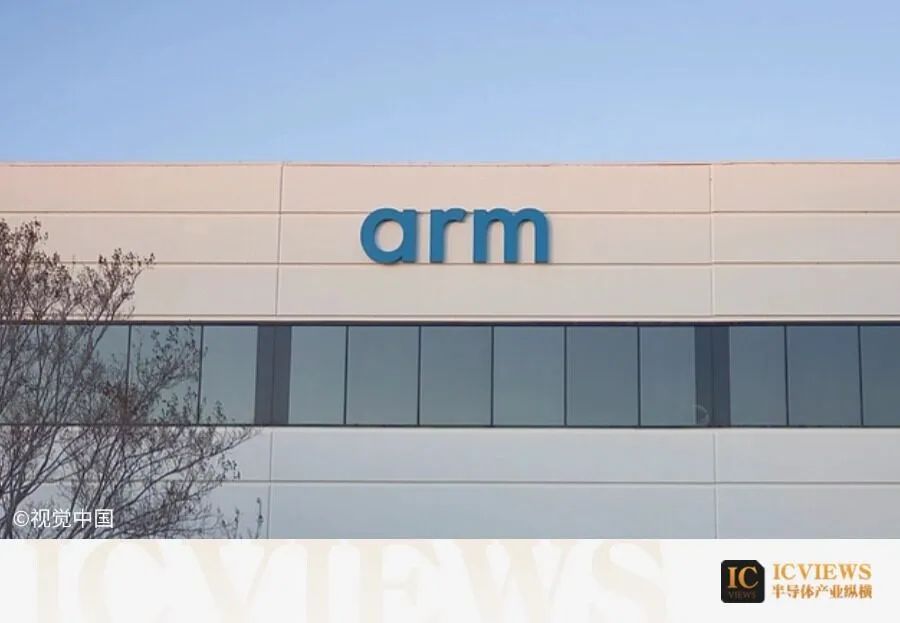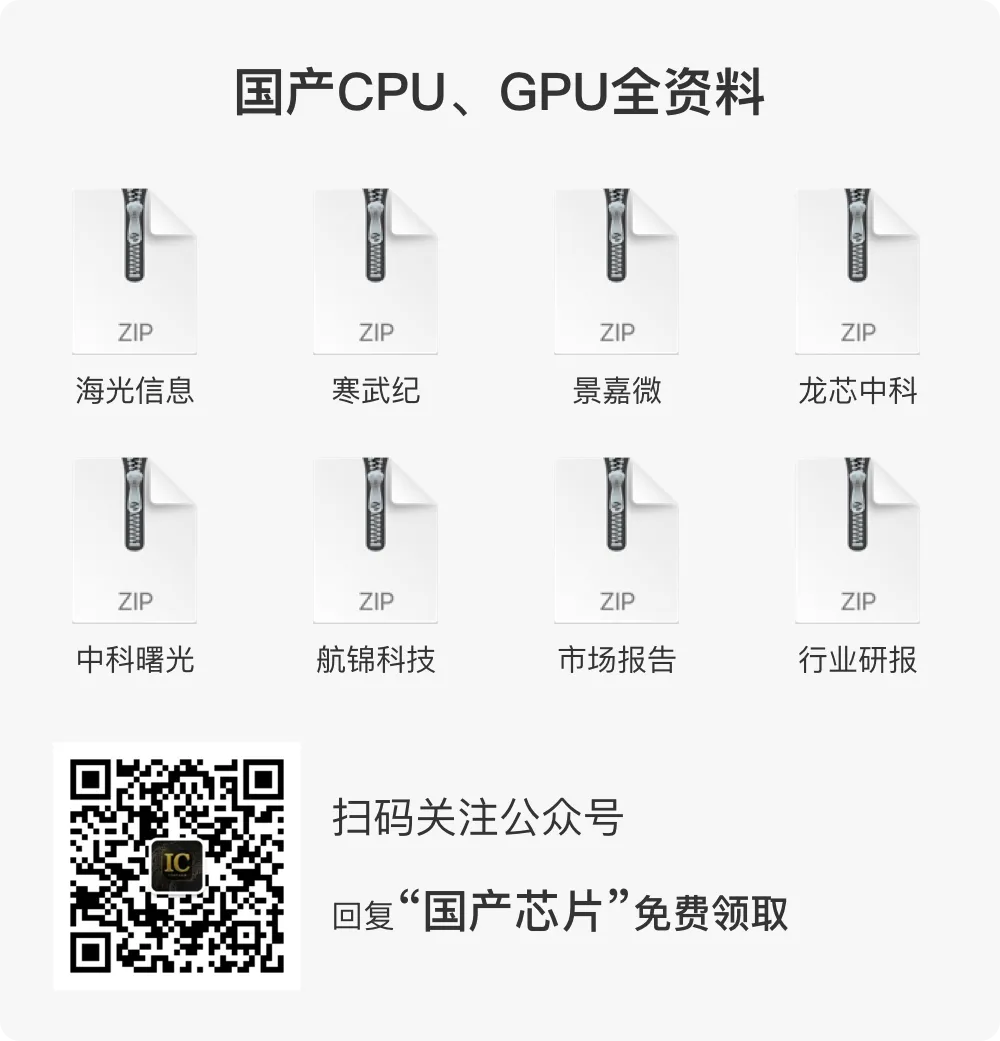
 This article is brought to you by Semiconductor Industry Insights (ID: ICVIEWS).AI Boosts Demand for Data Center CPUs, Arm Expects Its Share to Surge to 50% This Year.
This article is brought to you by Semiconductor Industry Insights (ID: ICVIEWS).AI Boosts Demand for Data Center CPUs, Arm Expects Its Share to Surge to 50% This Year. An executive from Arm Holdings stated that by the end of this year, its share in the global data center CPU market is expected to soar from around 15% in 2024 to 50%, thanks to the booming development of artificial intelligence.
An executive from Arm Holdings stated that by the end of this year, its share in the global data center CPU market is expected to soar from around 15% in 2024 to 50%, thanks to the booming development of artificial intelligence.
Arm‘s CPUs are typically used as the “host” chips within AI computing systems and act as a traffic controller for other AI chips.
For example,NVIDIA uses Arm-based chips in some of its advanced AI systems, such as the Grace chip, which contains two Blackwell chips.
Arm‘s technology consumes less power in many cases compared to competing processors manufactured by Intel and AMD, according to Arm’s infrastructure head Mohamed Awad.
As AI data centers consume a significant amount of power, Arm‘s chips are becoming increasingly popular among cloud computing companies. Awad added that data center chips typically utilize more of Arm’s intellectual property, and the company generally receives a “higher overall royalty rate” than for chips used in less complex devices.
Headquartered in the UK, ARM is 90% owned by Japan’s SoftBank Group, and it does not manufacture chips itself but sells basic building blocks and other intellectual property to cloud computing companies and firms like Apple.
Arm generates revenue by charging companies for licenses to use its technology and collecting royalties for each chip sold.
It has struggled in the lucrative data center market for nearly two decades, as transitioning from the once-dominant x86 chips made by Intel and AMD requires customers to rewrite software and replace some hardware.
“We have reached a point where software is actually being developed for Arm first,” Awad said. Amazon announced last December that it has designed its internal data center CPUs using Arm technology, accounting for more than half of its new chip capacity over the past two years.
In a broader market trend, Arm Holdings’ rise reflects the increasing demand for global cloud services. According to an industry report released by Gartner, the demand for AI computing power in data centers is expected to grow by 30% by 2025. At this time, Arm’s technological advantages and market positioning will undoubtedly accelerate its market share expansion. Furthermore, the demand for sustainable energy in data centers will become a significant driving force for Arm’s technological improvements. Therefore, Arm’s success in the data center market relies not only on its technological innovation but also on closely aligning with the market’s urgent need for energy efficiency.
ARM architecture has become the core processor choice for modern electronic devices due to its efficiency, low power consumption, and flexible design. ARM processors are primarily divided into three core series: Cortex-A, Cortex-R, and Cortex-M, each designed for different application scenarios with unique advantages. Among them, Cortex-A, Cortex-R, and Cortex-M series are designed for high-performance computing, real-time systems, and low-power embedded applications, respectively, meeting the needs of various fields. Whether for smartphones, embedded control systems, or IoT devices, ARM architecture holds a significant position in the global market due to its outstanding performance and flexibility.
Additionally, ARM processors are widely used in automotive applications, powering infotainment systems, ADA ( Advanced Driver Assistance Systems), and in-vehicle networks. The increasing complexity of automotive electronic devices is driving the demand for more powerful and efficient processors. The rising use of ARM microprocessors in automotive electronics is a significant trend in the automotive industry. ARM-based processors are popular in various automotive applications due to their energy efficiency, scalability, and versatility, powering modern vehicles’ infotainment systems. These systems include touch screens, multimedia playback, navigation, voice recognition, and connectivity features. ARM-based processors provide the computational power needed for a seamless and user-friendly infotainment experience.
Looking ahead, industry experts, such as the Chief Technology Officer of Dell Technologies, believe that the gradual maturity of Arm architecture will bring more choices and flexibility to data centers, while also facilitating breakthroughs for enterprises in integrating computing resources and optimizing costs. Although Arm’s core market is still dominated by Intel and AMD, as the market gradually shifts towards open architectures and software development prioritizes adaptation to Arm architecture, significant potential growth opportunities seem to have emerged.
However, it is worth noting that Arm still faces significant challenges. As an emerging market participant, transitioning to Arm architecture requires rewriting software and adapting hardware, which may impose higher technical costs on enterprises in the short term. In this regard, Arm must continuously drive the optimization of its software and hardware solutions to reduce the difficulty and cost of customer migration and enhance market acceptance. Meanwhile, as competition intensifies, maintaining a leading advantage will be crucial for Arm’s long-term development.
*Disclaimer: This article is the original work of the author. The content reflects their personal views, and our reposting is solely for sharing and discussion purposes, not representing our endorsement or agreement. If there are any objections, please contact us.





